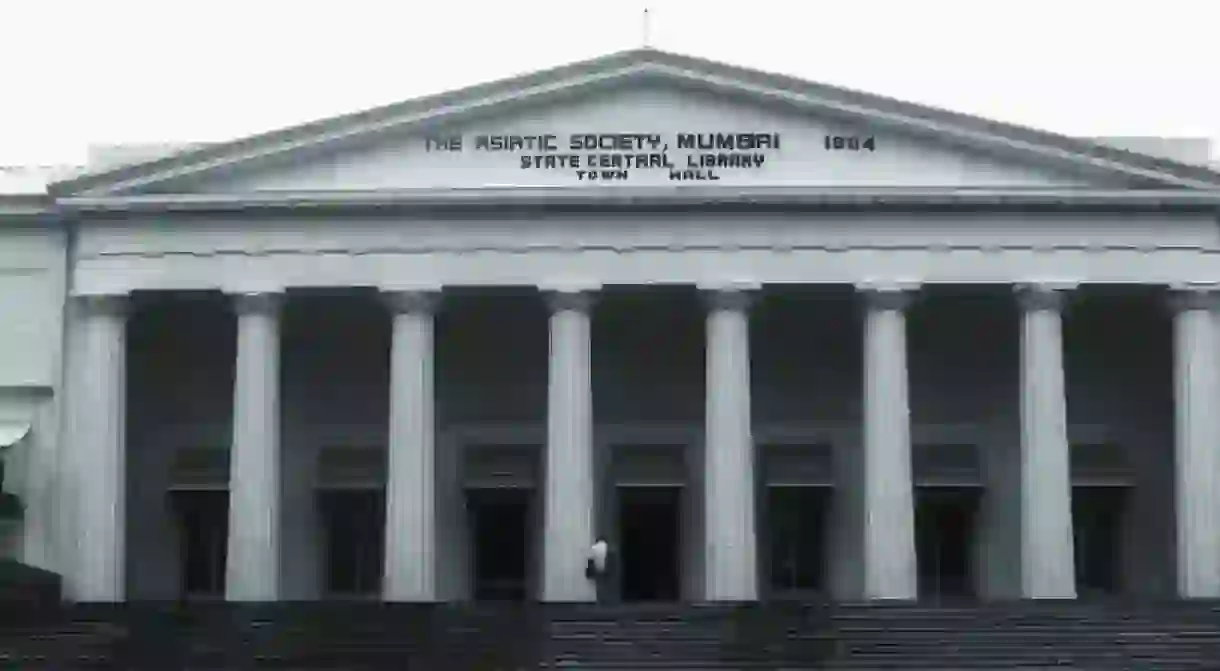The History Of The Asiatic Society Of Mumbai In 1 Minute

At the top of the steps of the majestic Town Hall at Mumbai’s Horniman Circle lies the Asiatic Society of Mumbai’s (formerly Bombay) library with its treasures of books, periodicals, ancient manuscripts, painted folios, coins, artifacts, maps and prints. Its origins can trace back to the Literary Society of Bombay, meeting for the first time in Mumbai on November 26, 1804, and was founded by Sir James Mackintosh – a lawyer, jurist and public figure in England who was also the Recorder of the King’s Judge for Bombay. The library was formed with the intention of ‘promoting useful knowledge.’
Ancient manuscripts in Persian, Prakrit, Urdu and Sanskrit, a collection of 1,000 ancient coins and the exceptional gold ‘mohur’ that once belonged to Akbar – these are among the many priceless treasures that can be found here. One of the most precious treasures of the Town Hall is Dante’s first issue of Inferno.
After the establishment of the Royal Asiatic Society of Great Britain and Ireland in London, 1823, the Literary Society of Bombay became associated with it, and by 1830, it was called the Bombay Branch of the Royal Asiatic Society or BBRAS. In 1873, The Bombay Geographical Society merged with it, which was followed by the merger of the Anthropological Society of Bombay in 1896. In 1954, post-separation from the Royal Asiatic Society, it was renamed the Asiatic Society of Bombay. The present name was coined in 2002.

Housing the Asiatic Society of Mumbai is the Town Hall, a heritage building located in the city’s historic Fort area. The structure is heavily influenced by Roman and Greek architecture. The grand flight of 30 stairs up to the Town Hall leads the way to the Grecian portico lined with eight Doric-styled columns. The wooden flooring and spiral staircase along with the terrace adorned with wrought iron combine to create an impression of the Society’s inherent connection with colonial history while also speaking of its immediate environs. The vestibule and the Durbar Hall of the Asiatic Society boast of fine marble statues and portraits of the renowned scholars, administrators and philanthropists who contributed to the Society, with their research papers, monetary donations and their collections of rare books, manuscripts and other antiquities.
‘The most magnificent structure that taste and munificence combined have as yet erected in India.’
– Sir John Malcolm, Governor of Mumbai in 1930
📅 Opening Hours: Mon-Sat 10:30 am-6.30 pm & Sunday closed
By Vidushi Trivedi













